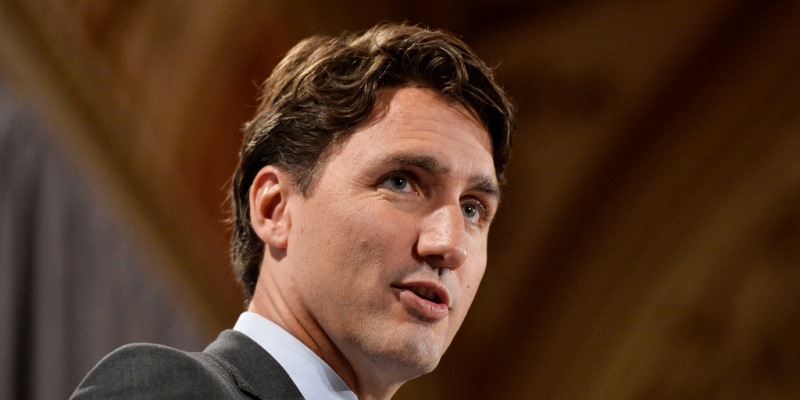National pharmacare plan aims to wipe out patient freedom and choice

With the election underway, the Trudeau campaign appears poised to propose some kind of national government-run pharmacare system. And if it bases its plan on the Hoskins’ report released in June, with its recommendations to artificially set drugs prices, restrict patient choice and limit private alternatives, Canadians are right to wonder if the remedy offered is worse than the disease.
Clearly, some Canadians struggle to pay for prescription medications. A 2016 study estimated that about 5.5 per cent of Canadians were unable to afford one or more drugs. Another estimate suggests that about one-in-five Canadians reported they (or someone in their household) did not take their medications as prescribed due to cost.
These Canadians need help—and it’s appropriate for government to find a way to rethink current spending to assist this vulnerable group. But before Ottawa becomes the chief designer and financer of pharmaceutical spending for all Canadians, we should consider the facts.
For starters, simply flipping the numbers reveals a rather different—but no less important—story. The same statistics indirectly reveal that under the current system, four-in-five Canadians do not struggle to pay for their medication. And yet, rather than focus helping those who falling through the cracks, the Hoskins’ report recommends wiping out an entire system that, despite any perceived flaws, works just fine for the vast majority of Canadians.
Moreover, the Hoskin’s report, which the prime minister said may form the basis for his government’s national pharmacare plan, goes well beyond a simple safety-net or assurance that Canadians receive help paying their prescriptions. Rather, it recommends a top-down approach where government controls everything from drug pricing and listing (i.e. picking which drugs get reimbursed and which don’t) and even the eventual role of private insurers in the future.
For example, recommendation 59 from the report suggests the federal government grant the federal Patented Medicine Prices Review Board more power to lower drug prices across the board. But in response to this sort of unilateral cost-control, drug manufacturers may simply choose to not launch new and innovative drugs in Canada. And it will also potentially prevent Canadians from buying drugs at higher prices if Ottawa deems that the drugs provide low value for money (even if it’s the patients’ own money).
More potential problems. Recommendations 30 and 31 requires mandatory generic and “biosimilar” substitution policies to ensure the sustainability of any national pharmacare system. In other words, the system will either force patients to use generics and biosimilars (drugs similar to the original product but manufactured by different companies) or pay the full cost for the brand name. Such a policy stands in stark contrast to universal pharmacare systems in countries such as Switzerland where patients can simply pay a higher copay (20 per cent instead of 10 per cent) for the brand-name alternative.
Finally, recommendation 55 provides a glimpse of the new role of private insurers—to only cover copayments and drugs not listed on the national pharmacare formulary list. (And again, that’s assuming drug manufacturers will still launch new drugs in Canada’s heavily-regulated market.) For context, private plans covered about $11.5 billion of prescription pharmaceutical spending in 2017. If Ottawa implements the Hoskins’ report recommendations, that number will plummet to an estimated $3.2 billion in 2027.
Many Canadians may recognize the broad brushstrokes of this national pharmacare plan. Apart from the requirement of copays, it’s basically how health care works today for physician and hospital services in Canada. In fact, the first recommendation in the Hoskins’ report outlines the five proposed principles of national pharmacare, which almost exactly mirror the five principles of the Canada Health Act.
Unfortunately, by replicating our current universal health-care system, the Hoskins’ plan for national pharmacare threatens to also replicate our system’s faults. Unlike other universal health-care systems that embrace the private sector and encourage competition, Canada’s system is plagued by wait times, rationed services, insufficient resources and unsustainable costs.
If the Liberals accept the Hoskins’ plan and makes it the central issue of the election, Canadians should remember the plan’s aims—not to simply assist Canadians in need, but to wipe out private activity in the pharmaceutical arena and severely restrict patient freedom and choice.

